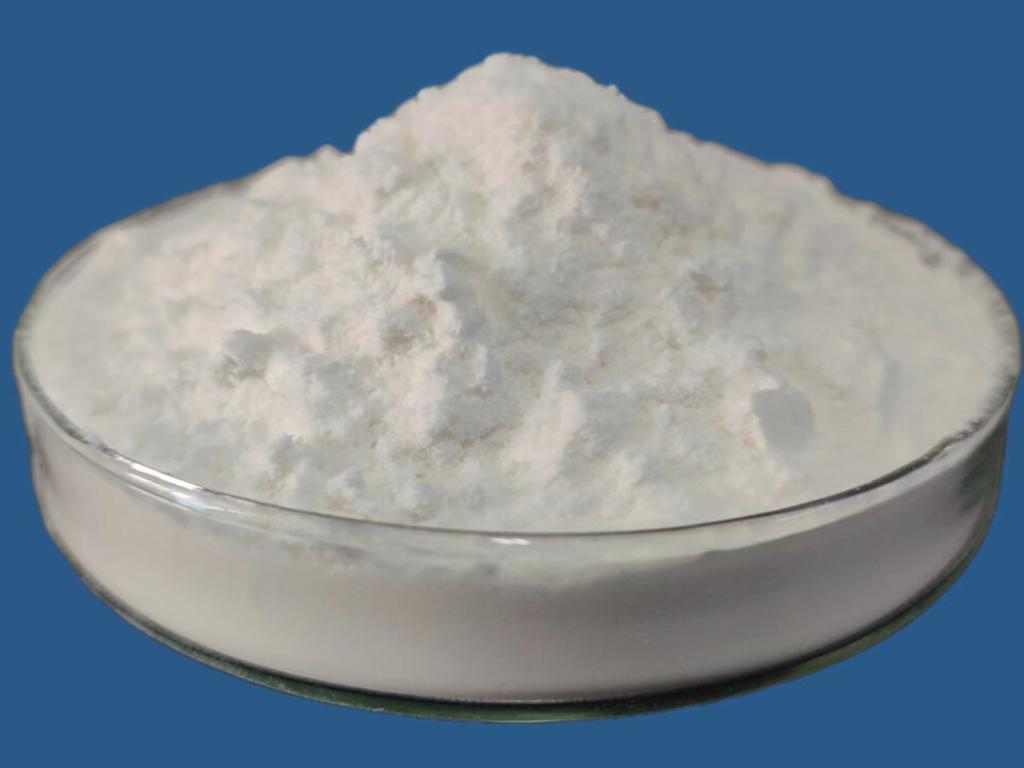Tel:+8618231198596

News
 CONTACT
CONTACT
 CONTACT
CONTACT
- Linkman:Linda Yao
- Tel: +8618231198596
- Email:linda.yao@dcpharma.cn
- Linkman:CHARLES.WANG
- Department:Overseas
- Tel: 0086 0311-85537378 0086 0311-85539701
News
Current Position:
Home >
News
>ε-Polylysine hydrochloride's role in combating antibiotic-resistant bacteria.
ε-Polylysine hydrochloride's role in combating antibiotic-resistant bacteria.
TIME:2024-05-09
Mechanisms of Action:
ε-Polylysine hydrochloride exerts its antimicrobial activity primarily by disrupting bacterial cell membranes. As a cationic polypeptide, ε-PL-HCl interacts with the negatively charged microbial cell membrane, leading to membrane destabilization, pore formation, and leakage of cellular contents. Additionally, ε-PL-HCl may interfere with essential microbial processes, such as cell wall synthesis and protein synthesis, further contributing to its antimicrobial effects.
Efficacy Against Antibiotic-Resistant Bacteria:
Numerous studies have demonstrated ε-PL-HCl's efficacy against a wide range of antibiotic-resistant bacteria, including methicillin-resistant Staphylococcus aureus (MRSA), vancomycin-resistant enterococci (VRE), and multidrug-resistant strains of Gram-negative bacteria. ε-PL-HCl has shown comparable or superior antimicrobial activity to conventional antibiotics in vitro and in animal models of infection, highlighting its potential as an alternative therapeutic agent for combating antibiotic-resistant infections.
Synergistic Effects with Antibiotics:
ε-Polylysine hydrochloride has been shown to exhibit synergistic interactions with certain antibiotics, enhancing their antimicrobial activity against antibiotic-resistant bacteria. Combining ε-PL-HCl with antibiotics such as vancomycin, penicillin, and gentamicin has been reported to overcome bacterial resistance mechanisms and improve treatment outcomes in vitro and in vivo. These synergistic effects offer promising strategies for addressing antibiotic resistance and enhancing the efficacy of antibiotic therapies.
Potential Applications in Clinical Settings:
ε-PL-HCl's broad-spectrum antimicrobial activity, low toxicity, and stability make it an attractive candidate for various clinical applications. It has been investigated for use as a topical antimicrobial agent for wound healing, a preservative for pharmaceutical products, and a therapeutic agent for treating bacterial infections, including those caused by antibiotic-resistant strains. Clinical trials evaluating ε-PL-HCl's safety and efficacy in human subjects are warranted to further explore its potential clinical applications.
Challenges and Considerations:
Despite its promising antimicrobial properties, ε-PL-HCl faces several challenges and considerations that need to be addressed. These include optimizing ε-PL-HCl formulations for specific applications, elucidating its pharmacokinetics and pharmacodynamics, assessing potential resistance development, and ensuring regulatory approval for therapeutic use. Additionally, further research is needed to evaluate ε-PL-HCl's long-term safety and efficacy in clinical settings.
Future Perspectives:
Future research directions in the field of ε-PL-HCl and antibiotic-resistant bacteria should focus on addressing the aforementioned challenges, as well as exploring novel formulations, delivery systems, and combination therapies. Additionally, efforts should be made to promote collaboration between academia, industry, and regulatory agencies to accelerate the translation of ε-PL-HCl-based therapies from the laboratory to clinical practice. With continued research and innovation, ε-PL-HCl holds great potential for combating antibiotic-resistant infections and addressing the global challenge of antibiotic resistance.
Conclusion:
ε-Polylysine hydrochloride represents a promising alternative for combating antibiotic-resistant bacteria due to its potent antimicrobial activity and low likelihood of inducing resistance. By targeting bacterial cell membranes and interfering with essential microbial processes, ε-PL-HCl offers a novel approach to overcoming antibiotic resistance and treating infections caused by multidrug-resistant bacteria. Continued research efforts are essential for unlocking the full therapeutic potential of ε-PL-HCl and addressing the challenges of antibiotic resistance in clinical settings.
- Tel:+8618231198596
- Whatsapp:18231198596
- Chat With Skype







